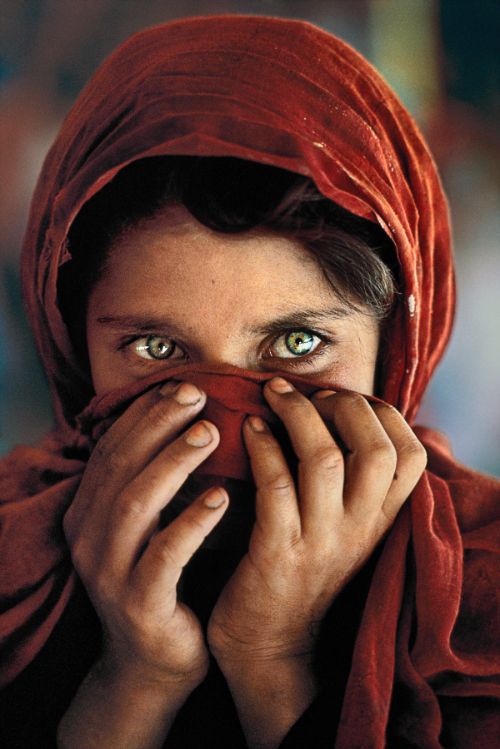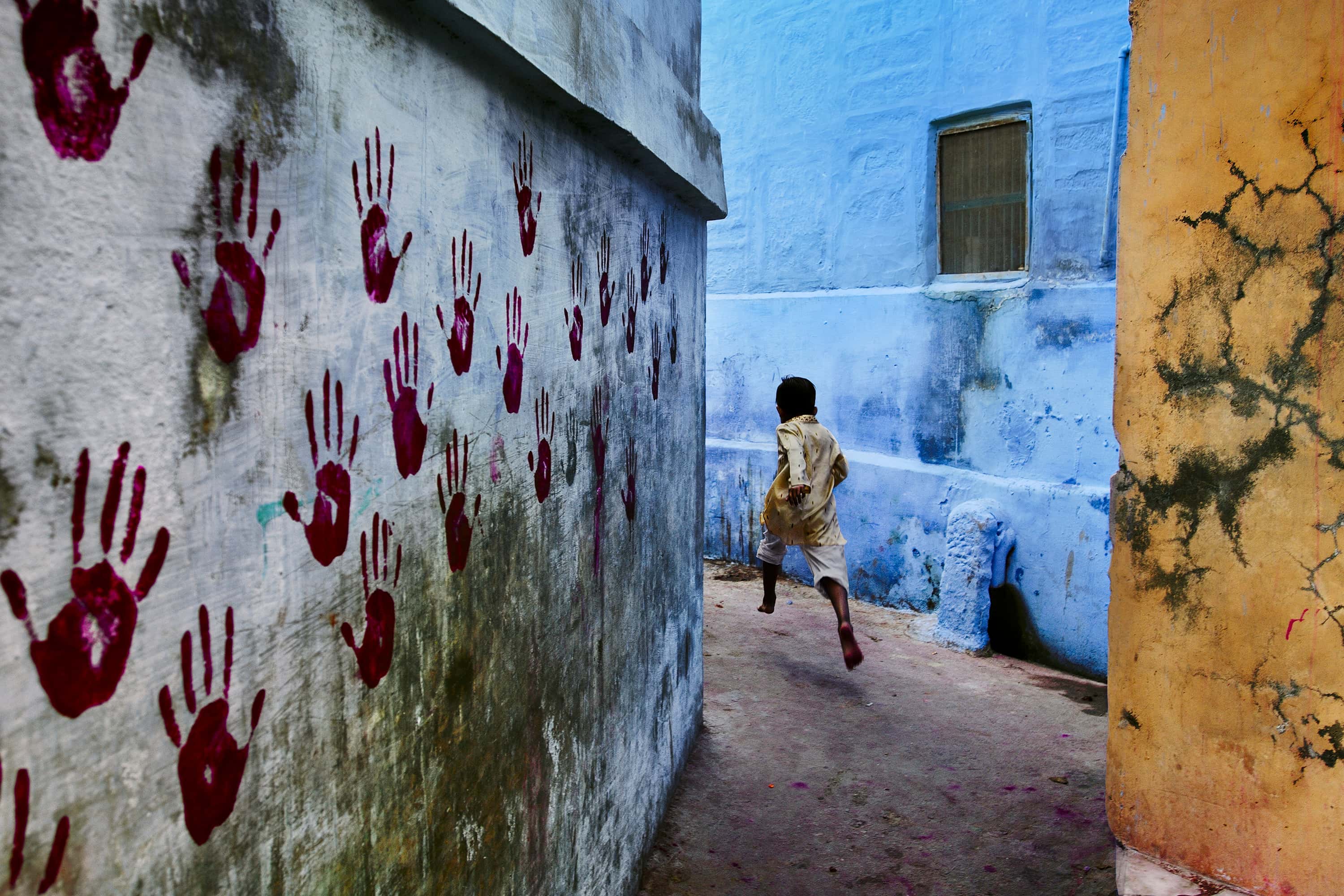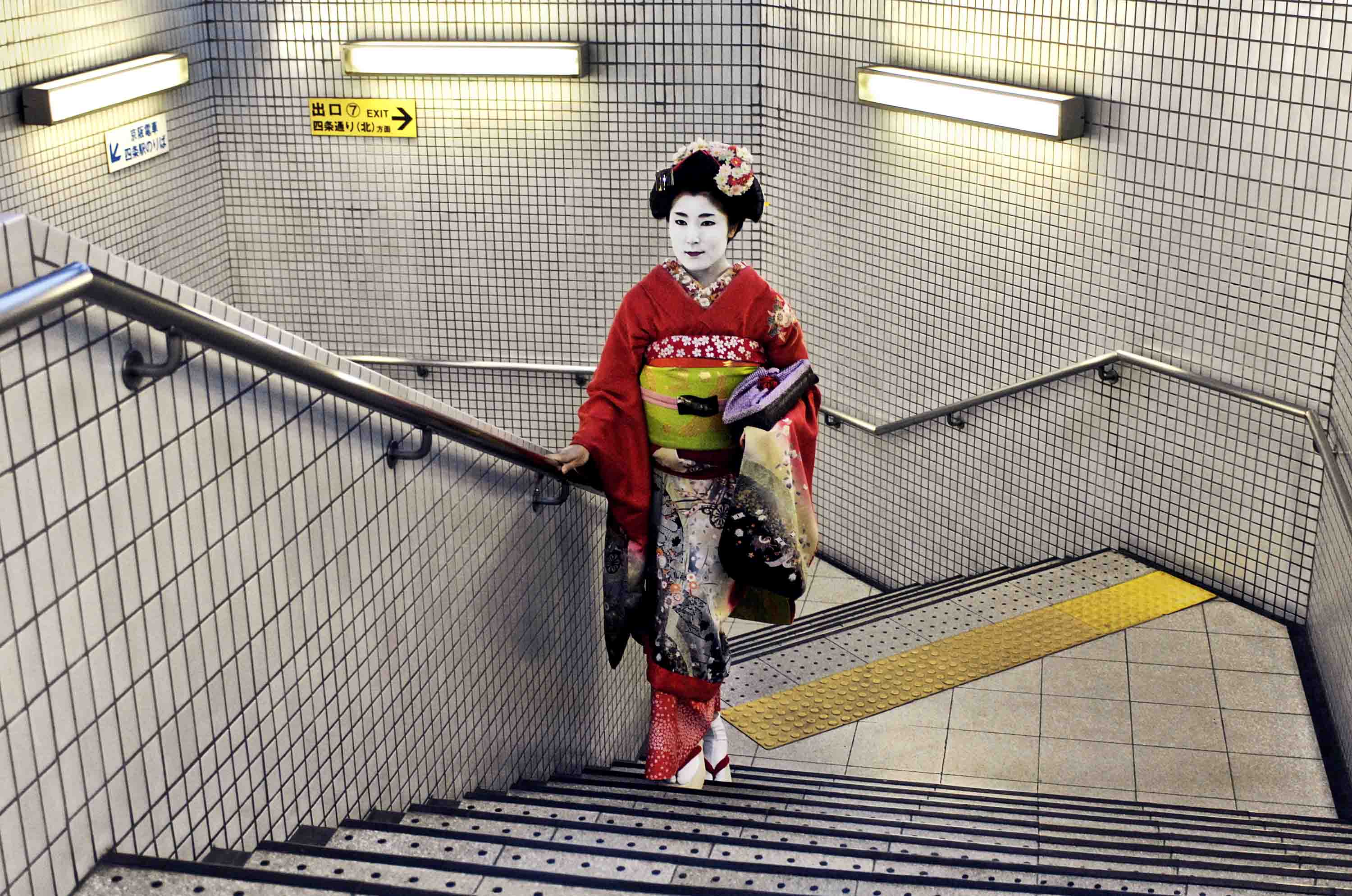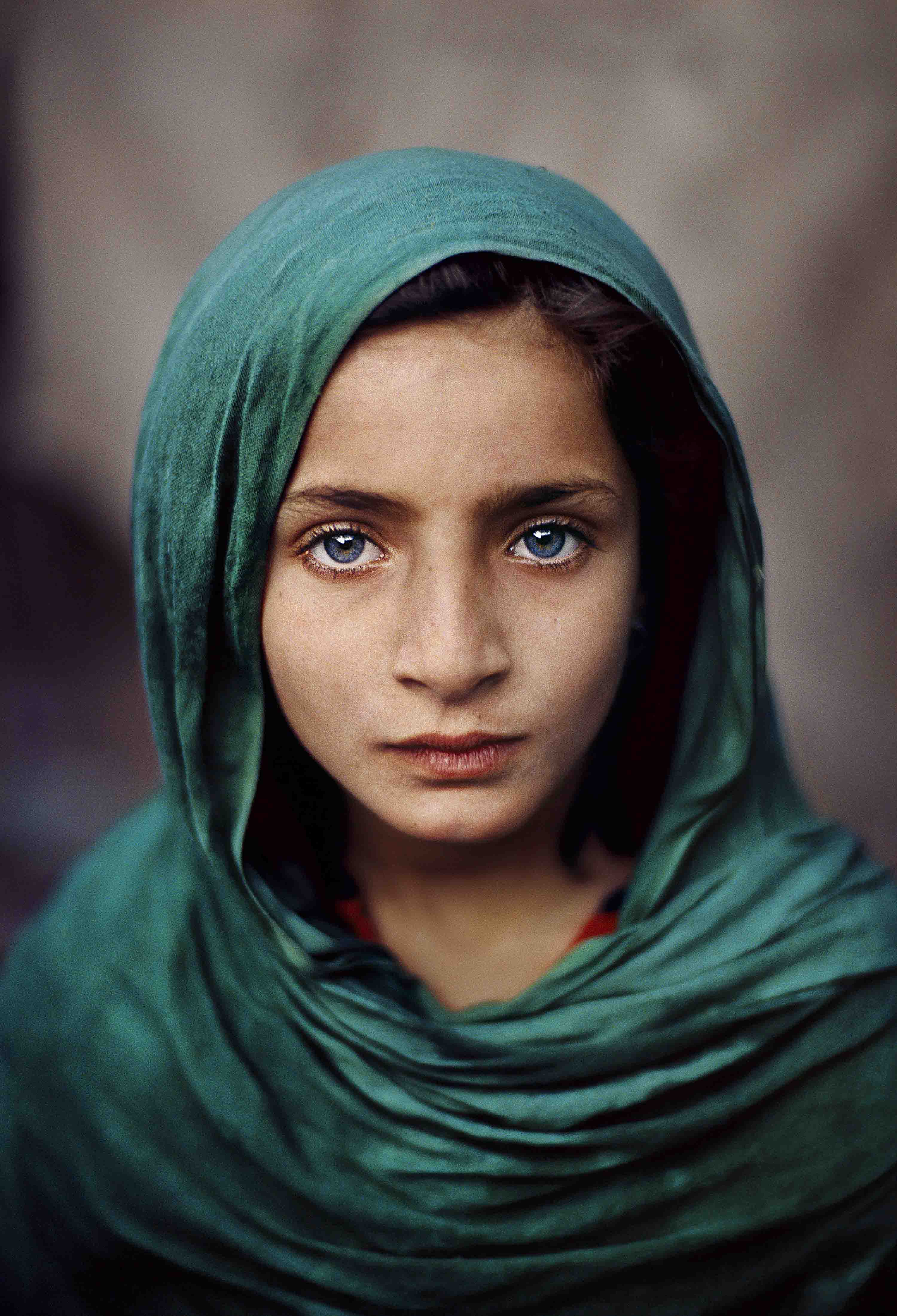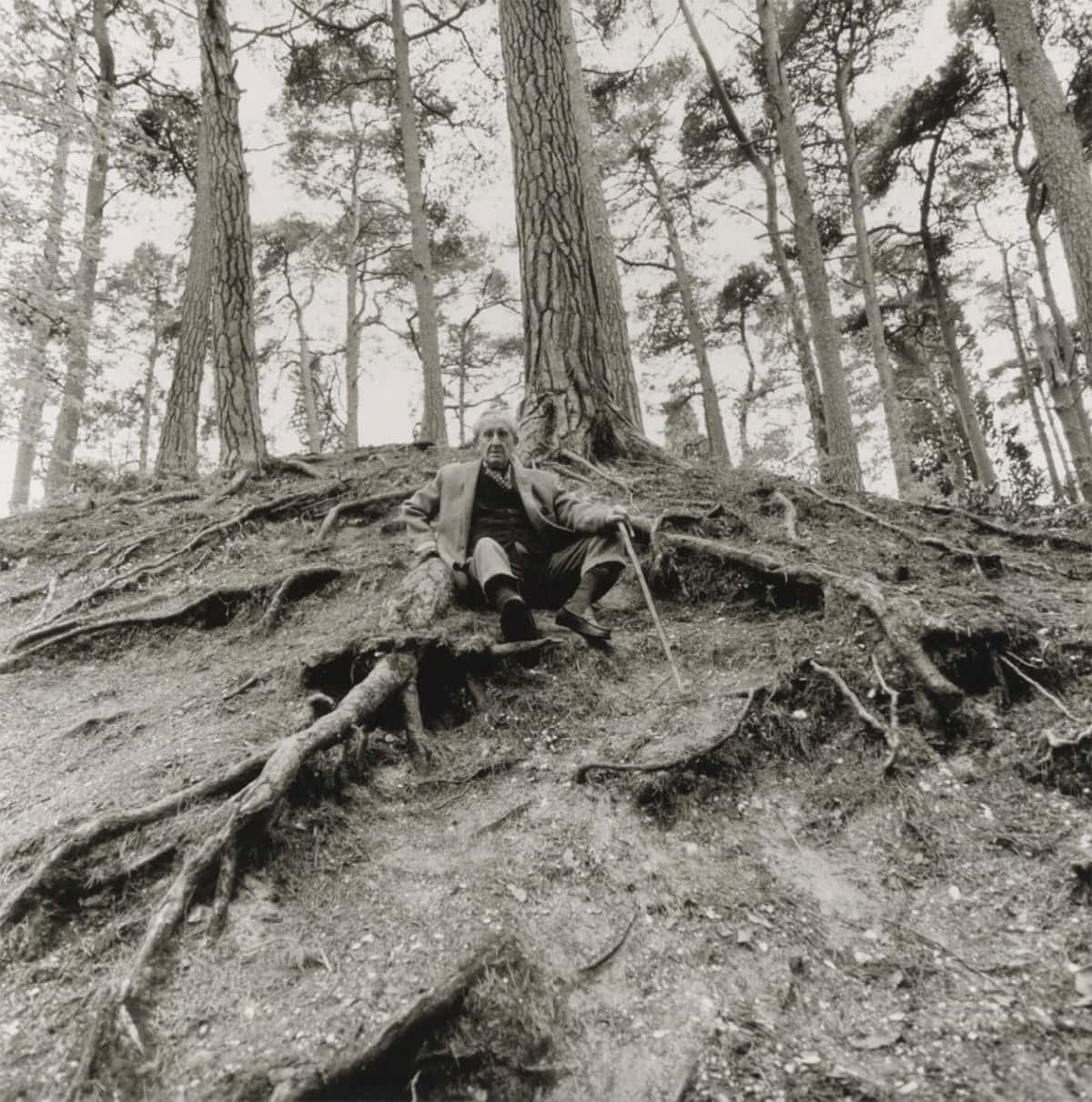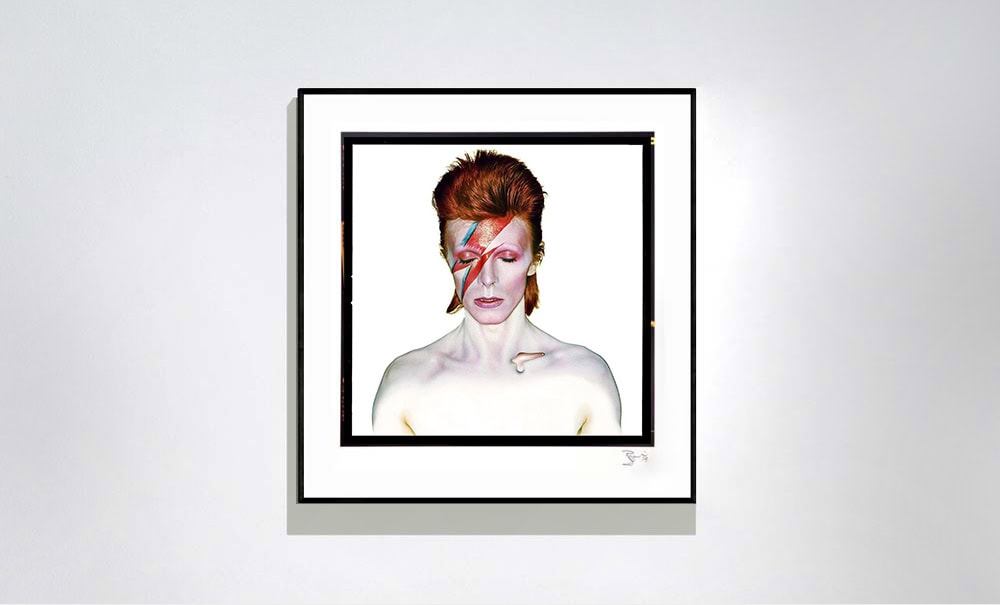Artists in Lockdown: Steve McCurry on Creativity and Routine
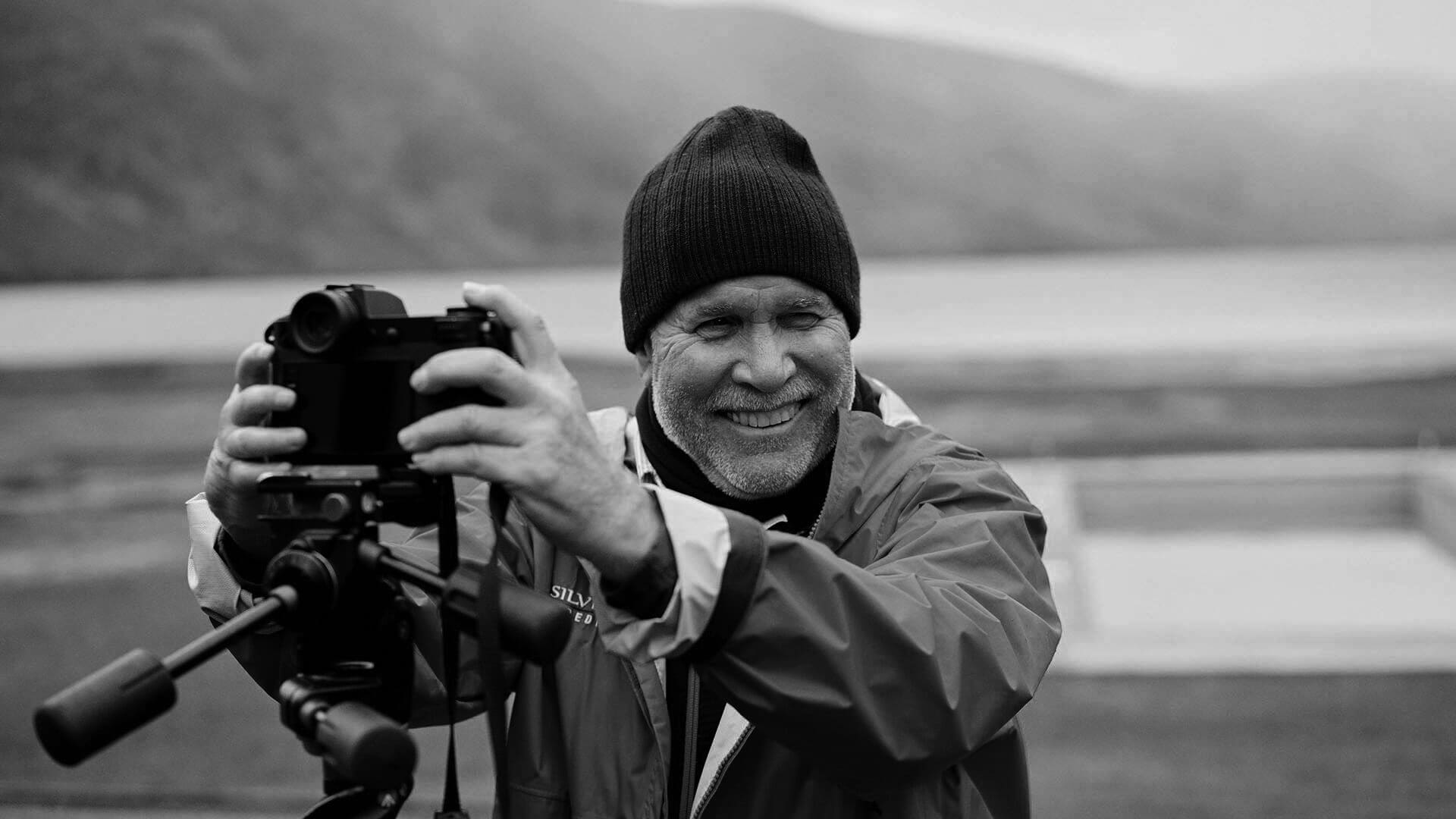
30th June 2020
SOL: WHAT TIME DO YOU WAKE UP?
SM: Usually around 6 – 6:30AM.
SOL: WHAT DO YOU EAT FOR BREAKFAST?
SM: Fruit and cereal, sometimes scrambled eggs, and vegetables.
SOL: DESCRIBE WHERE YOU PRODUCE YOUR WORK, AND WHY YOU CHOSE THAT SPACE.
SM: I’m usually travelling the world, photographing, and exploring different cultures. When I’m not travelling, I’m in my studio in New York. My studio is surrounded by photo labs, my agency, and a great community of other photographers.

SOL: DO YOU HAVE A PARTICULAR DAILY ROUTINE THAT HELPS YOU WORK?
SM: When I’m travelling, I tend to have a strict routine. First, I decide where I want to start to work or think of a place that I want to explore. Then I’ll go out and work from 7:30AM – 10:30/11 AM, go back and take a break, get some other work done and switch gears. After lunch I get back out on the street around 2:30 / 3:00 PM, depending on when sunset is. I’ll work until about a half hour after dark, head back, download some images, have a wash, eat dinner, relax for an hour or two, watch the news, and read a book before bed.
SOL: WHERE DO YOU GO FOR YOUR CREATIVE SPARKS?
SM: I like to explore places and situations that fascinate me, that I want to learn more about, am curious about and will enrich my life. It is always interesting to travel to places that are evolving, places where I can see changes happening and document them.
SOL: WHAT ARE YOU CURRENTLY WORKING ON?
SM: II’ve been working on two new book projects – one on new and unpublished images, the other on spirituality.
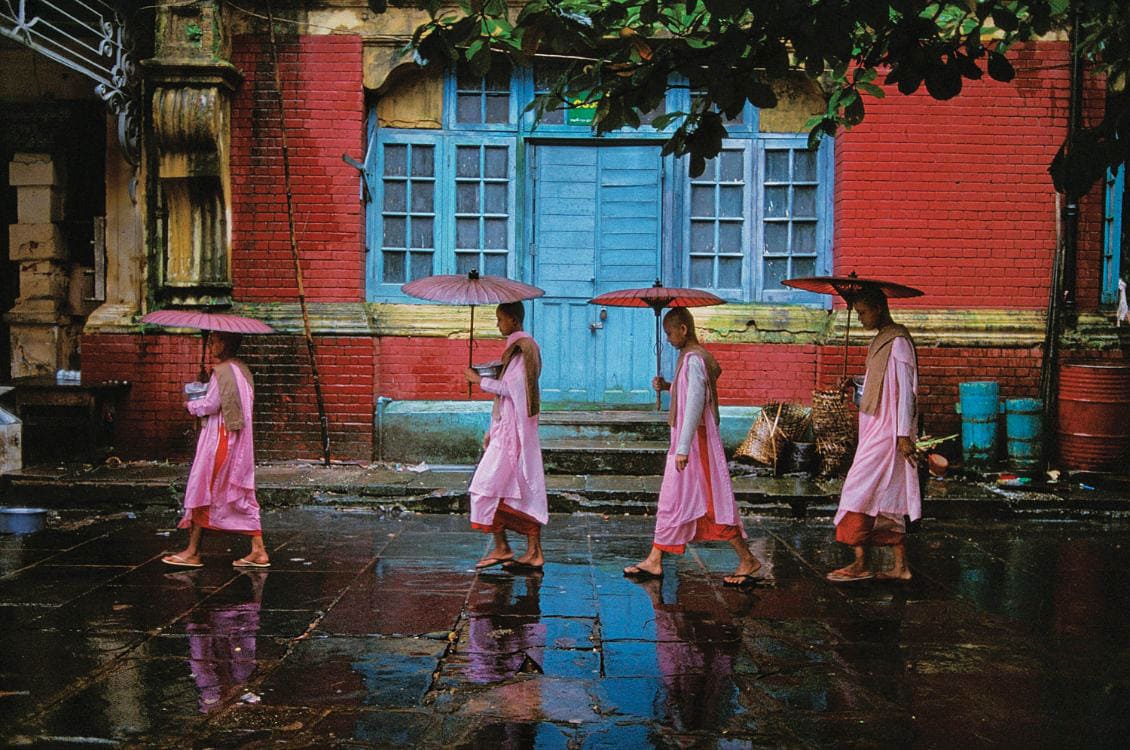
SOL: WHO WAS YOUR MOST IMPORTANT MENTOR OR INSPIRATION?
SM: Henri Cartier-Bresson. He was an important documentary photographer with great humanity and the eye of a great artist. His ability to find the right moment in time and tell the story in any particular photograph is something that still inspires me to keep improving. He was a pivotal force in the world of photography who once said, “to take photographs means to recognize — simultaneously and within a fraction of a second — both the fact itself and the rigorous organisation of visually perceived forms that give it meaning. It is putting one’s head, one’s eye, and one’s heart on the same axis”, a quote that has always inspired me. When I was in Paris, I would always go over to his apartment and show him one of my new books; we would always talk and compare stories on traveling in India, China and other parts of Asia.
SOL: WHO DO YOU SPEAK TO WHEN YOU NEED A SECOND OPINION OR WHO GIVES THE BEST FEEDBACK?
SM: My sister, my agent, one of my gallerists, my current book designer or a trusted friend.
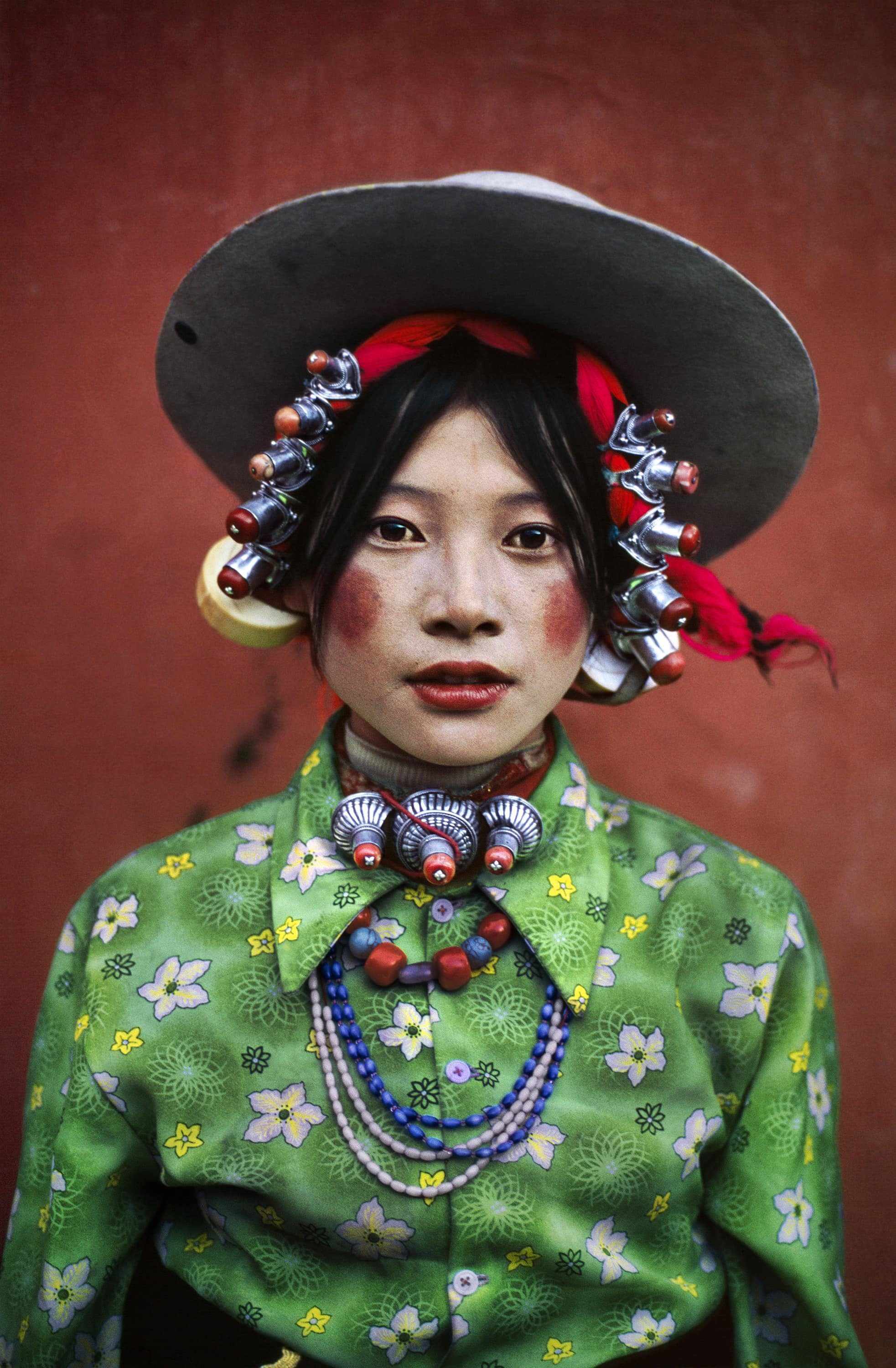
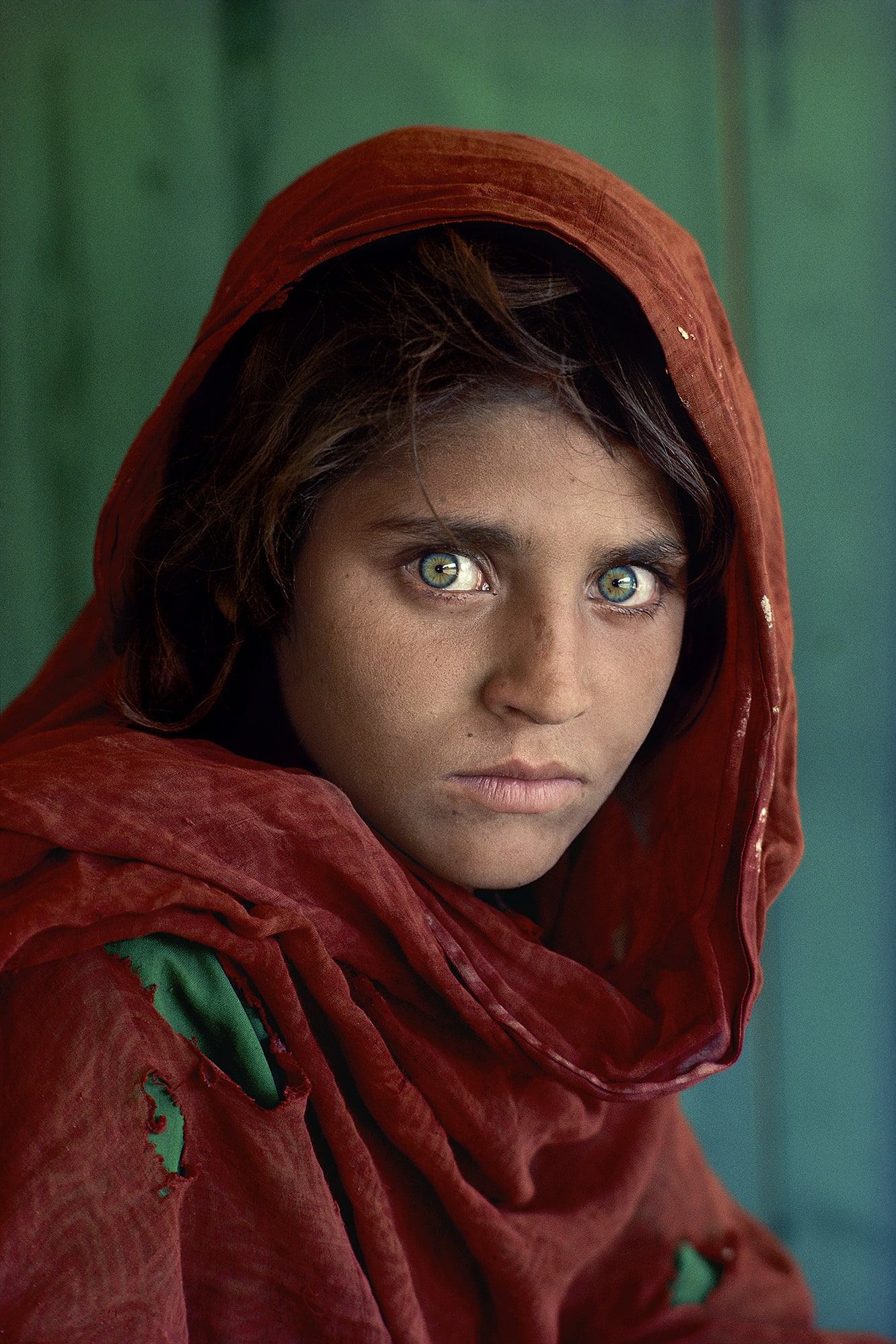
SOL: WHAT’S THE BEST ADVICE YOU’VE EVER BEEN GIVEN?
SM: Follow your passion and be true to yourself.
SOL: IF YOU WEREN’T AN ARTIST WHAT WOULD YOU DO?
SM: I studied cinematography in college, and would have been a Filmmaker.
SOL: HOW DO YOU SWITCH OFF FROM WORK IN THE EVENING?
SM: To unwind, I usually read a good book or watch a movie.
SOL: WHAT BOOK ARE YOU READING RIGHT NOW?
SM: Paul Theroux’s On the Plain of Snakes.
SOL: WHO IS THE OTHER ARTIST WORKING TODAY THAT YOU MOST ADMIRE?
SM: TI really admire my longtime friends and colleagues, Paul Theroux, James Nachtwey, Pico Iyer and Paul Nicklen.
SOL: IF YOU COULD HAVE LUNCH WITH ANY ARTIST FROM ACROSS TIME, WHO WOULD IT BE AND WHY?
SM: Leonardo DiVinci, he was a great artist, a genius, an innovator, and an original thinker.
SOL: WHAT ARE YOU MOST PROUD OF IN YOUR CAREER?
SM: I have been able to sustain energy, drive, and fortitude for 45 years. I have met many incredible people and have had countless amazing experiences as history unfolded in front of me.
FeaturedSteve McCurry
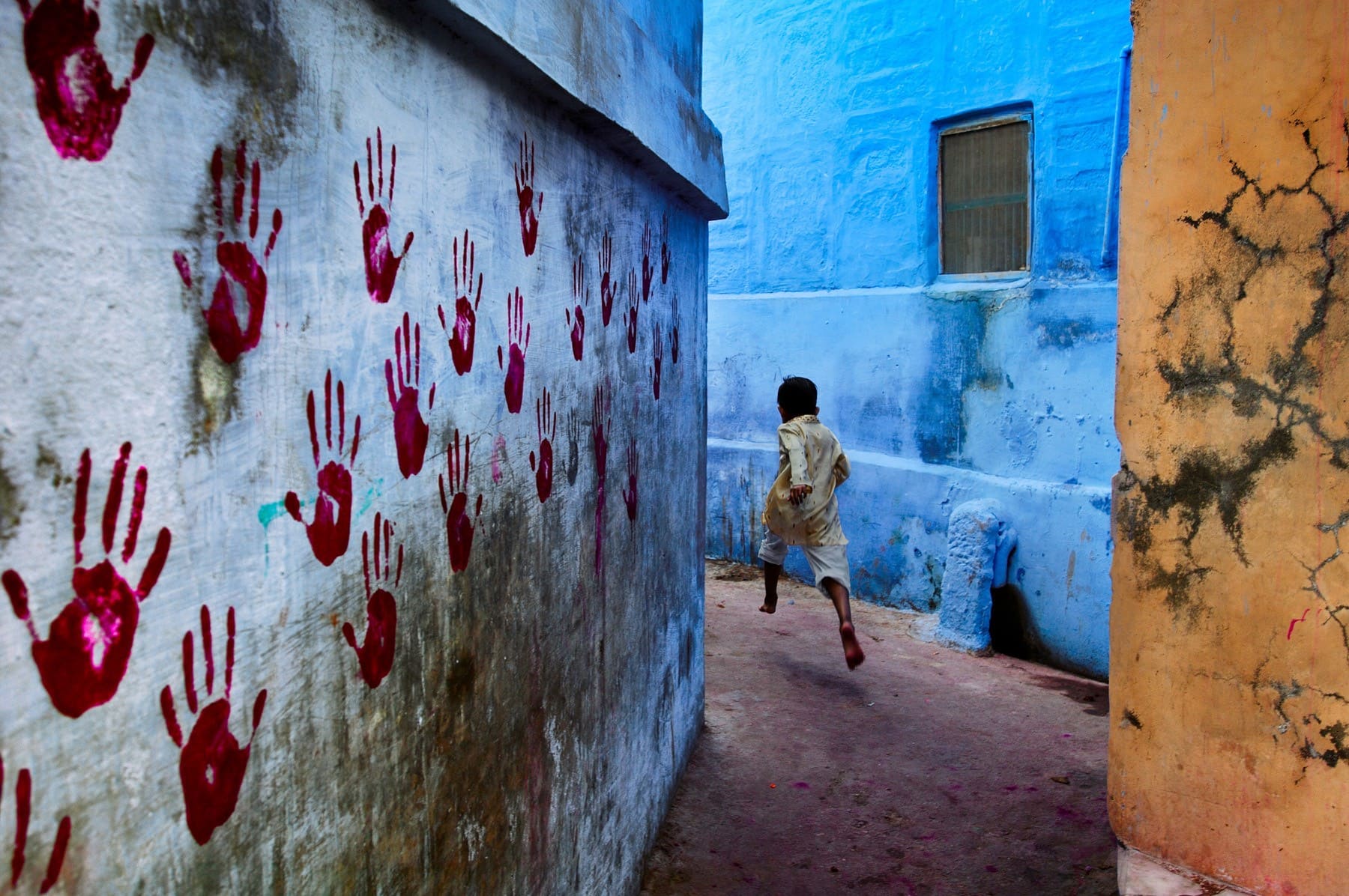
FeaturedSteve McCurry
The ArtistMcCurry’s body of work spans conflict, ancient traditions, vanishing cultures, and contemporary culture; retaining a human element throughout.
Artist Page